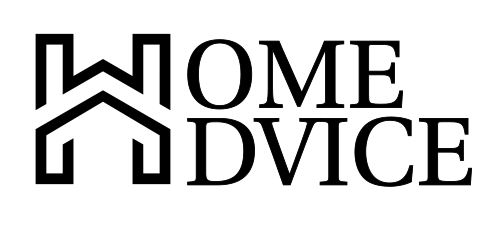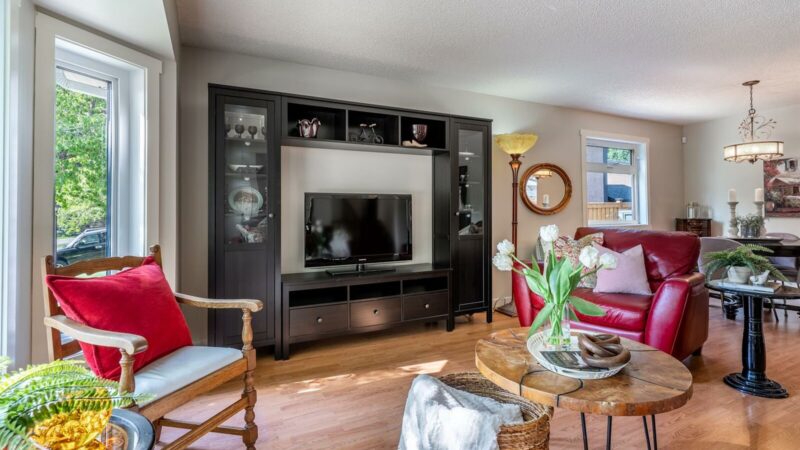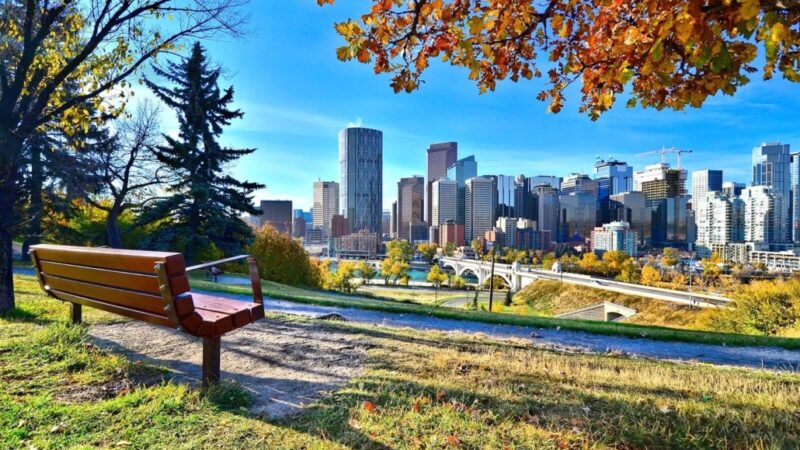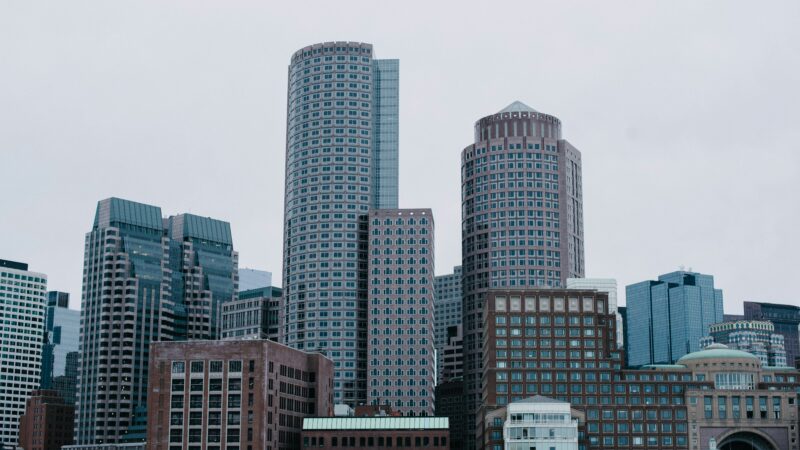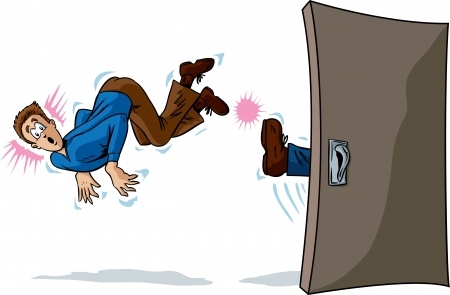The City of Red Deer
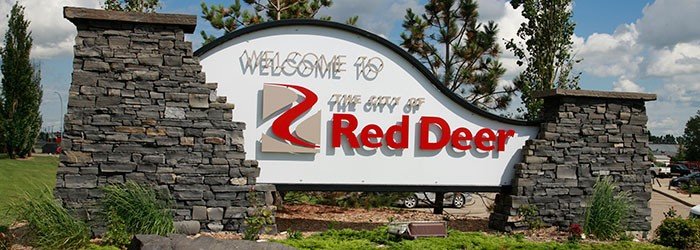
It is always a fascination to learn the historical facts about a culture and development of a city, such as Red Deer, that had its humble beginnings over 100 years ago with just a handful of homes and trading stores.
In 1898 the population was 125 persons and started to grow incrementally after 1906, with the largest jump in the number of residents averaging 60.7% between 1946 and 1955. Originally the Blackfoot, Plains Cree and Stoney inhabited this region having moved west from Saskatchewan, driving the Shoshoni First Nation peoples, who originally inhabited this area, south. As expansion came from the east of Canada and pushed its way west, much of life in these regions changed through the early years. The name Red Deer originated from the Cree word Waskasoo referring to the elk. Fur traders to this area believed the elk to be red deer.
Red Deer was incorporated as a town in 1901, and because of it’s location between Edmonton and Calgary, the settlement prospered with the land supporting profitable mixed farming, developing as an agriculture and distribution centre. We see how the presence of the Canadian Pacific Railway, along with Alberta Central Railway and the Canadian Northern Railway, opened up the region in all directions and grew rapidly. As a small, prosperous prairie city, although it struggled, it seemed to fare better than other centres through the Great Depression. After the Second World War, Red Deer was deemed to be the fastest growing city in Canada.
Today Red Deer’s population numbers 104,018 with the average age of the demographics at 31, median age of 35 – with a mostly equal male to female ratio. With medium population expansion projections by The City – an annual growth rate of 2.23%, the expectation is that Red Deer could reach a population of 128,420 in the next decade, and 175,000 by 2041. As one of Canada’s youngest growing communities, Red Deer services the outlying region of over 2 million people.
Red Deer is located in Central Alberta in the midst of fertile farmland and rolling hills, and known as aspen parkland, framed by the Rocky Mountains situated to the southwest. Red Deer is the centre for top industries like mining, oil and natural gas extraction sectors, retail trade, health care, and related industries for agriculture, grain and cattle production, and other services. The regional economy, which grew by 5% between 2013 and 2018, sustains over 119,000 jobs. The region boasts a higher participation and employment rate compared to the rest of the province.
Outdoor activities and facilities are numerous as well as the neighborhood green spaces that provide pathways, parks and trails. Red Deer is a creative community with a vibrant culture. Clearly, Red Deer, one of the fastest growing communities in Canada, focuses on a great quality of life for it’s mostly younger population. It continues to be a draw for families looking for interesting opportunities to live in communities that are growing and flourishing.
Visit year-round https://visitreddeer.com/ for more information regarding the numerous events ranging from art shows, concerts, sports events and other organized activities.
